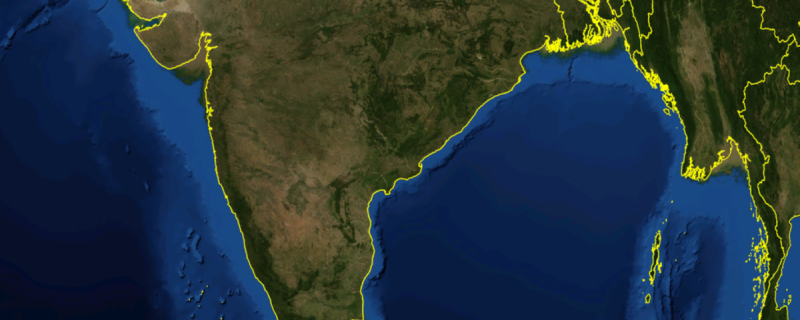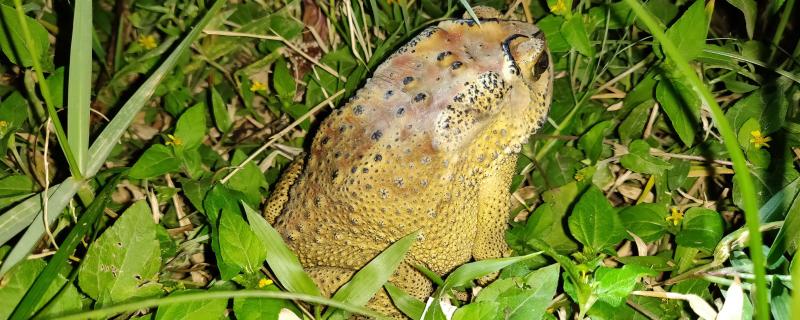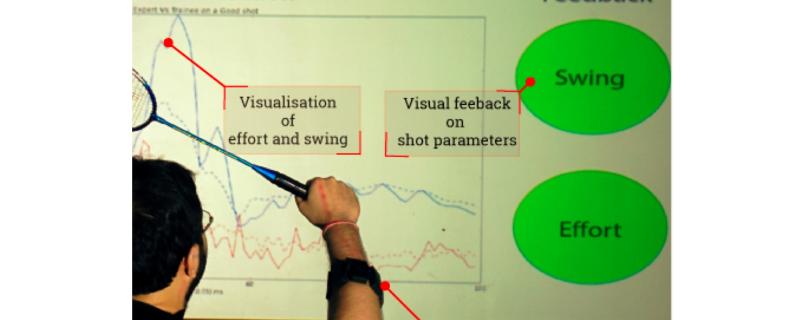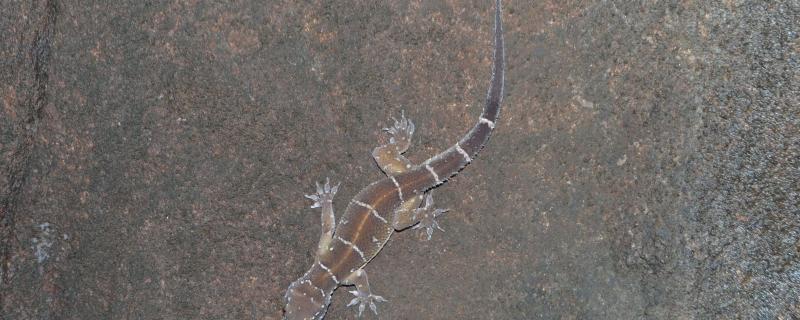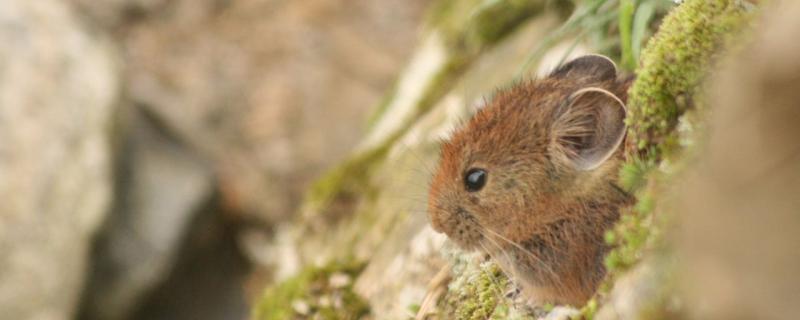ಇತ್ತೀಚೆಗೆ ಭಾರತದೊಳಗೆ ಆಲಿವ್ ರಿಡ್ಲೆ ಆಮೆಗಳ ಮರುಪ್ರವೇಶವು, ವಲಸೆ ಬಂದ ಪ್ರಾಣಿಗಳಿಗೆ ಭಾರತೀಯ ಕರಾವಳಿಗಳು ಅಚ್ಚುಮೆಚ್ಚಿನ ತಾಣ ಎಂಬುದನ್ನು ತೋರಿಸಿಕೊಟ್ಟಿದೆ. ಭಾರತದ ೭೫೦೦ ಕಿಲೋಮೀಟರ್ ಉದ್ದದ ಅತಿದೊಡ್ಡ ಕರಾವಳಿಯು, ವಿವಿಧ ಸಸ್ಯ ಮತ್ತು ಪ್ರಾಣಿಗಳ ನೆಲೆಯಾಗಿದೆ; ದೇಶದ ಒಟ್ಟು ಜನಸಂಖ್ಯೆಯ ಸುಮಾರು ೪೦% ಜನರು, ಇದೇ ಕರಾವಳಿಯುದ್ದಕ್ಕೂ ವಾಸಿಸುತ್ತಿದ್ದಾರೆ.
Archives
Scientists from the University of Plymouth, UK, George Washington University, USA, Imperial College London, UK, and Tata Institute of Social Sciences, India, explore a leathal fungus threatening the existence of frogs.
भारतीय प्रौद्योगिकी संस्थान, मुंबई (आई आई टी बॉम्बे ) के शोधकर्ताओं ने अनार के बीज से पुष्टिकारक तेल, प्रोटीन और रेशे (फाइबर) निकालने का एक बहुत ही आसान तरीका सुझाया है।
भारतीय तंत्रज्ञान संस्था मुंबई येथील संशोधकांनी बॅडमिंटन प्रशिक्षणासाठी अंगावर घालता येणारे उपकरण विकसित केले आहे
Researchers from the Indian Institute of Technology Bombay (IIT Bombay), the Tata Memorial Centre and the Advanced Centre for Treatment, Research and Education in Cancer, Navi Mumbai, use such metallic implants coated with nanofibres that enhances the formation and growth of new bone tissue on the surface compared to implants without the coating.
Researchers from National Centre for Biological Sciences (NCBS), Bengaluru, Fergusson College, Pune and Veer Narmad South Gujarat University, Gujarat unravel the taxonomy of Hemidactylus triedrus, commonly known as the termite hill gecko.
The name ‘retrovirus’ raises more questions than provide answers. The term ‘retro’ reminds us of disco balls, bouffant hairstyles and polka dots. However, a retrovirus is not merely a virus with questionable fashion sense! It is a virus belonging to a family of single-stranded RNA viruses.
Scientists from the Indian Institute of Science, Bangalore, study how climate change is affecting small herbivores in the Himalayas.
On the 20th and 21st of August 2018, the Institute of Mathematical Sciences, Chennai, organised a workshop on “Science, Journalism, Media: Communicating Science in a Changing India”, which was attended by about one hundred attendees. These included India's well-known scientists, science journalists, science communicators and aspiring science writers.
IIT Bombay researchers survey different approaches to automatically detect sarcastic texts using computers.

